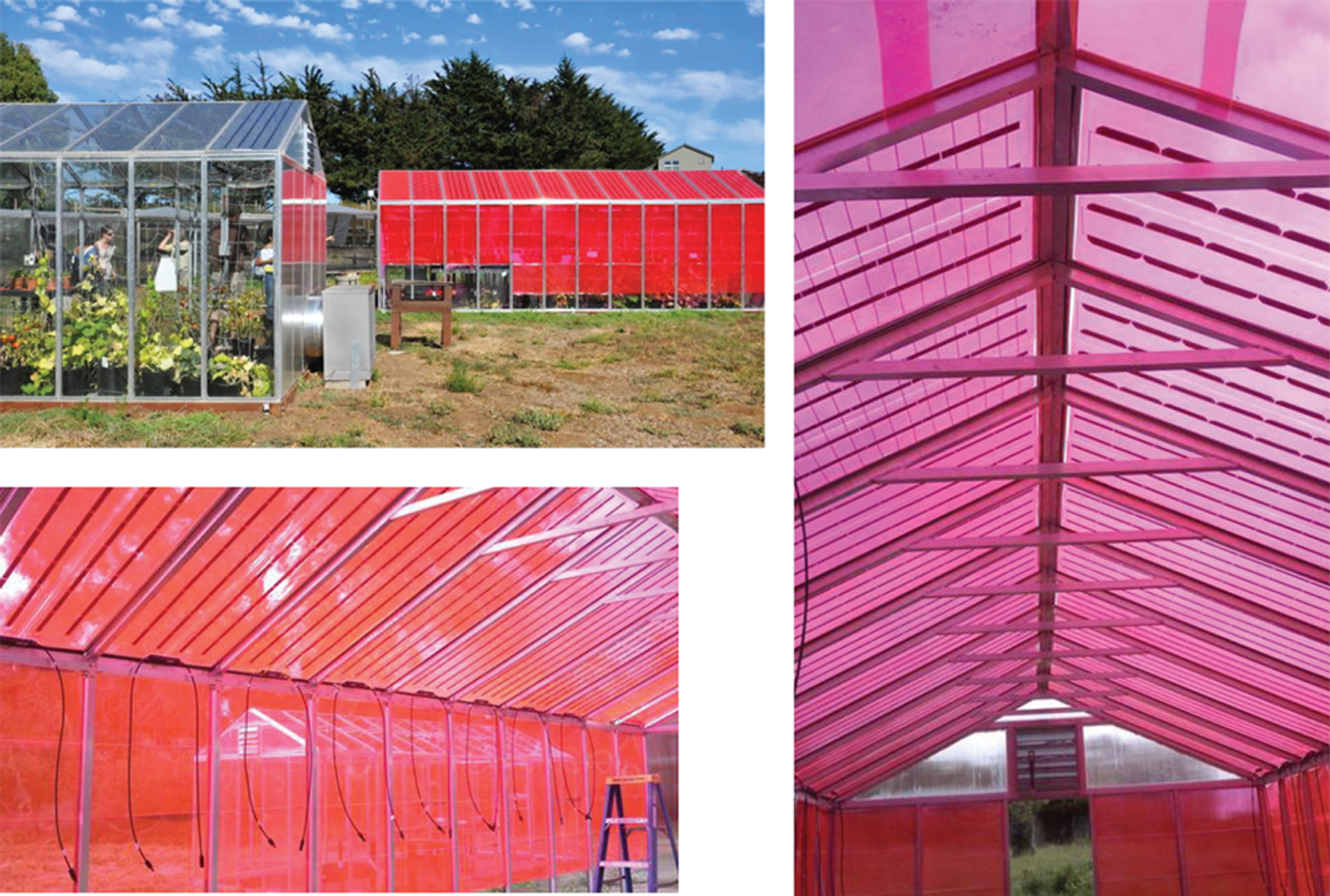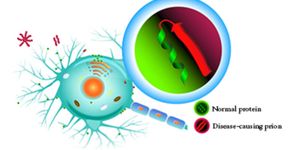Video: This Solar Greenhouse Generates Energy, Promotes Photosynthesis and Saves Water!
A “smart” solar greenhouse from Soliculture provides solar energy, helps plants photosynthesize and conserves water. It uses LUMO panels, which let light travel through them and also filter the wavelengths of light hitting the plants. They are known as Wavelength-Selective Photovoltaic Systems (WSPVs). They use a bright magenta luminescent dye to control the light entering what UC Santa Cruz Professor of Environmental Studies Michael Loik calls a “pink glass house.” Soliculture is a shoot-off company of UC Santa Cruz.
"We have demonstrated that smart greenhouses can capture solar energy for electricity without reducing plant growth, which is pretty exciting, says Loik.
How Does It Work?
Through photosynthesis, plants change light energy into the chemical energy of food (mostly sugar) and oxygen. The visible spectrum of light is made up of all the colors of the spectrum -- plants absorb some of these rays and reflect others. Plants that appear green are reflecting green light rays. Loik says that plants “like” red and blue light and the LUMO site puts it this way: red light "has the highest efficiency for photosynthesis in plants." The LUMO panels filter out the green light, which plants don’t use, and part of the blue light. Loik and his team wondered if the reduction in blue light would interfere with plant growth but Loik says they “grew just fine.”
Loik and his colleagues observed the rate of photosynthesis and fruit production in 20 types of plants under the deep pink, translucent solar roofs, including cucumbers, basil, lemons, peppers, limes, tomatoes and strawberries. The abstract of a study by Loik and co. on this greenhouse system published in the journal Earth's Future confirms there were “minimal effects on the number and fresh weight of fruit for a number of commercial species.” According to Treehugger, Loik says 20 percent of the plants “actually grew better.”
Why Does it Matter?
As Loik explains in the video, 9 million acres of our planet are used for greenhouse vegetable production. In the last two decades, greenhouse production has risen by a factor of six. Greenhouses use electricity to run fans, lights, sensors, ventilation and other functions. Using renewable energy to run the greenhouses can "represent a new wedge for decarbonizing the food system," according to the study.
WSPVs are also cheaper than conventional solar panels. Their cost is about 65 cents per watt, which is about 40 percent less than standard panels. A further benefit that the UC Santa Cruz researchers were excited to discover is that the tomatoes grown under the WSPVs used 5 percent less water than traditionally grown plants. As Loik points out, when applied to millions of acres of greenhouses, that’s a high level of water conservation.
“Worldwide net solar electricity generating capacity is projected to grow to close to 270 billion kWh by 2040. Increasing the market share of solar electricity generating technologies will require innovative technological advances that reduce manufacturing and installation costs of solar panels, improvements in PV cell conversion efficiencies, and adoption in novel applications,” the study’s authors state. The LUMO greenhouse would certainly qualify as one of these innovations. Soliculture advertises LUMO as "the first commercially available, mass-produced Luminescent Solar Collector.” Soliculture has researched them for over 40 years and generated power with the greenhouses all over the world for the last four.









